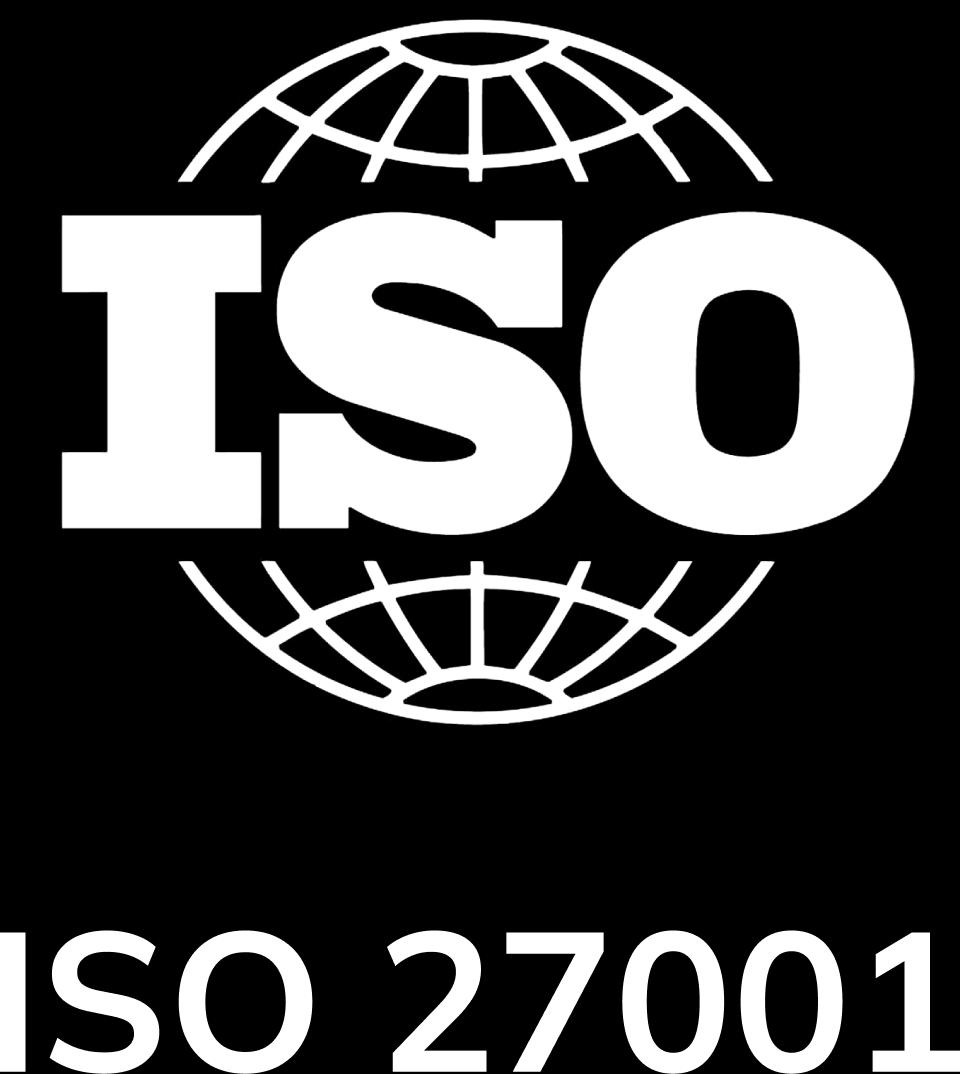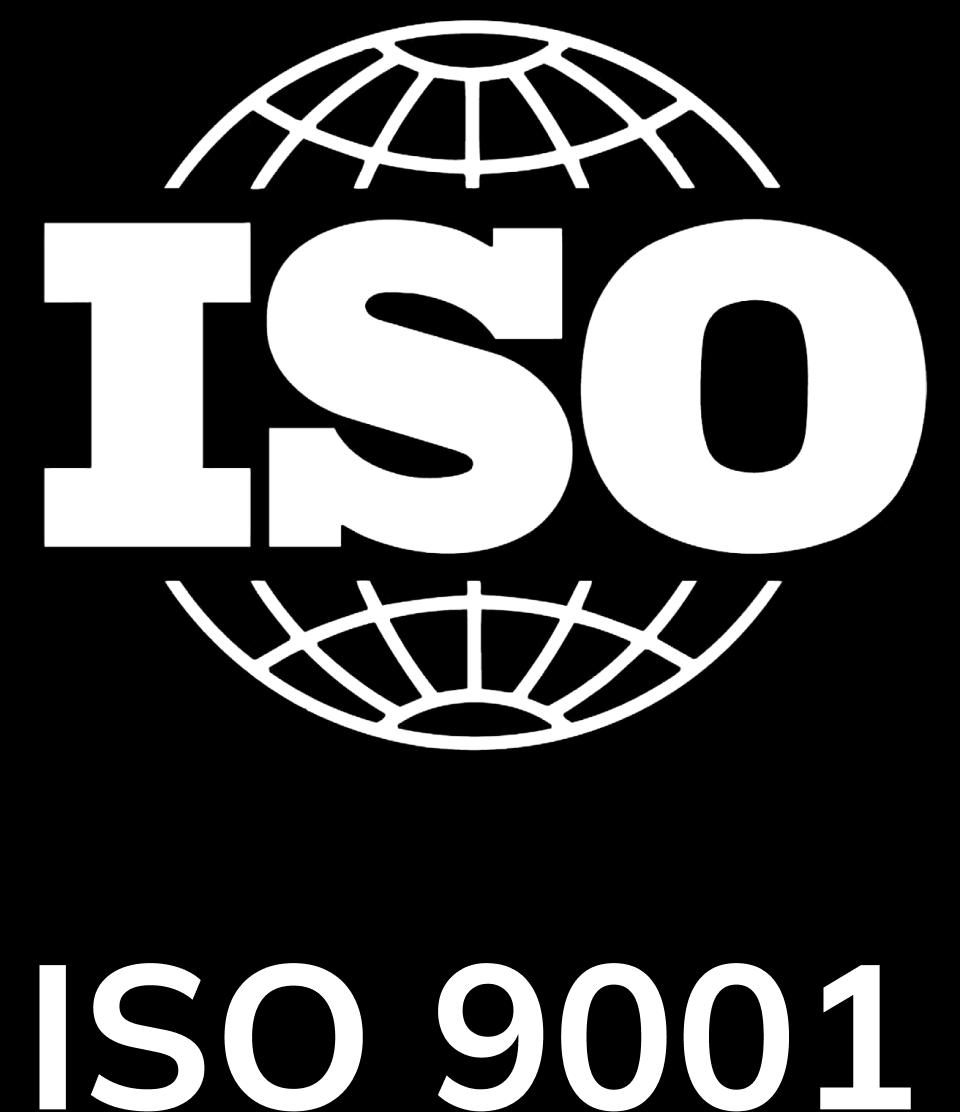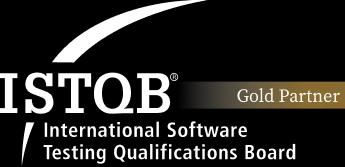
What is Objective-C? The advantages and disadvantages of Objective-C
The Objective-C programming language has played a crucial role in developing applications for Apple's iOS and macOS operating systems. Known for being a powerful, flexible language with high compatibility with other programming languages like C and C++, Objective-C has enabled developers to create numerous excellent applications over the years. However, with the advent of Swift, Apple's new programming language, many have started to question whether Objective-C remains the best choice. This article by Tokyo Tech Lab will help you understand what Objective-C is, its history, pros and cons, and popular libraries and frameworks. Additionally, we will explore Objective-C's applications and compare it with Swift to help you make an informed decision when choosing a programming language for your project. Follow along!
I. What is Objective-C?
Objective-C is an object-oriented programming language developed by Brad Cox and Tom Love, based on the C language with the addition of Smalltalk features. Objective-C is primarily used to develop applications for Apple's iOS and macOS operating systems.
Objective-C combines the syntax of the C language with the object-oriented features of Smalltalk, allowing developers to create powerful and flexible applications while maintaining the high performance of the C language. One of Objective-C's standout features is message passing, a technique inspired by Smalltalk, which enables flexible and extensible communication between objects.

Objective-C is primarily used in developing iOS and macOS applications. Applications such as Safari, Mail, and even Apple's Xcode IDE have a significant portion of their code written in Objective-C. The tight integration of Objective-C with Apple's APIs and frameworks allows developers to fully leverage the operating system's features.
Although Apple introduced Swift in 2014, a new programming language with a modern and more user-friendly syntax, Objective-C still plays an important role in Apple's development ecosystem. Many important applications and libraries, including core Apple frameworks, are still written in Objective-C. This means that understanding and using Objective-C remains a crucial skill for developers who want to create applications for Apple's operating systems.
Learn more articles: What is mobile programming? Common mobile programming languages
II. The History of Objective-C
Objective-C was created in the 1980s by Brad Cox and Tom Love at Stepstone Corporation. The language was developed to bring object-oriented programming features from Smalltalk into the C language.
Brad Cox and Tom Love, researchers and developers at Stepstone Corporation, recognized the need to integrate the powerful features of object-oriented programming into the C language. Smalltalk, an advanced object-oriented programming language at the time, became their main inspiration. The result was Objective-C, a programming language that combines the robustness and high performance of C with the flexibility and code reusability of Smalltalk.
A significant milestone in the history of Objective-C occurred when Steve Jobs, after leaving Apple in 1985, founded NeXT. NeXT chose Objective-C as the primary programming language for developing the NeXTSTEP operating system. NeXTSTEP was an advanced operating system with a modern graphical interface and powerful development tools, attracting many developers and technology experts.

In 1996, Apple acquired NeXT, and Steve Jobs returned to the company he had founded. This event marked a significant turning point for both Apple and Objective-C. With the integration of NeXTSTEP technology into the Mac OS, Objective-C became the official programming language for developing applications for macOS.
The introduction of the iPhone in 2007 and the subsequent release of iOS propelled Objective-C to new heights. Objective-C became the primary language for developing applications within Apple's ecosystem, including the iPhone, iPad, and iPod Touch. Apple's frameworks and APIs, such as Cocoa and Cocoa Touch, were built on Objective-C, providing powerful tools for application developers.
III. Advantages and Disadvantages of Objective-C
1. Advantages of Objective-C
Objective-C is a powerful and flexible programming language widely used for developing applications on Apple's platforms, such as iOS and macOS. Here are some notable advantages of Objective-C:
1.1 Fast Compilation
One of the main advantages of Objective-C is its ability to compile quickly and efficiently. The compilation process of Objective-C is optimized, ensuring that applications run smoothly and stably. This is particularly important for mobile applications, where performance and responsiveness are crucial for enhancing the user experience.
1.2 Compatibility with C and C++
Another strength of Objective-C is its backward compatibility with the C and C++ languages. Objective-C is an extension of C, allowing seamless integration with C and C++ code. This enables developers to leverage existing libraries and resources in C and C++, while also extending Objective-C's capabilities for developing cross-platform applications.
1.3 Rich Ecosystem
Objective-C has been around for a long time and boasts a rich ecosystem with many powerful libraries and frameworks such as Cocoa and Cocoa Touch. These tools provide essential features for application development, enabling developers to easily build user interfaces, manage data, and perform complex tasks efficiently and quickly.

1.4 Tooling Support
Objective-C is strongly supported by integrated development environments (IDEs) like Xcode. Xcode provides a comprehensive development environment with many useful features such as debugging, testing, and project management. This tooling support helps developers increase productivity and minimize errors during development.
1.5 Runtime Support
Objective-C has a powerful runtime system that allows dynamic operations at runtime, such as method calling, object management, and interaction with system components. The Objective-C runtime provides flexible mechanisms for developers to control and optimize application performance.
1.6 Efficient Integration with Foundation APIs
Objective-C works very well with Apple's Foundation APIs, offering a rich set of tools for managing data, time, strings, and other basic tasks. The Foundation APIs enable developers to handle complex tasks easily and efficiently, allowing them to focus on developing unique features for their applications.
In summary, Objective-C is not only powerful and flexible but also offers significant advantages such as fast compilation, a rich library ecosystem, compatibility with C and C++, strong tooling and runtime support, and efficient integration with Foundation APIs. These are the main reasons why Objective-C remains popular in the Apple device application development community.
2. Disadvantages of Objective-C
2.1 Complex and Outdated Syntax
The syntax of Objective-C is considered complex and harder to read compared to modern programming languages like Swift. This can increase the difficulty for beginners and make the source code harder to maintain.
2.2 Lower Performance Compared to Swift
Although Objective-C is optimized to work well on Apple devices, it is still not as fast as languages like Swift, especially in performance-demanding applications.
2.3 Lack of New Improvements
With the advent and rapid development of Swift, Objective-C has not received many new improvements and features from Apple. This decreases its appeal to developers who want to use the latest technologies.

2.4 Lack of Safety
Objective-C does not have many safety features like Swift, such as error handling and memory management. This can lead to memory and security issues if not managed carefully.
2.5 Declining Community
With the increasing popularity of Swift, the Objective-C developer community is gradually decreasing, leading to fewer resources and less support compared to Swift.
2.6 Learning and Usage Difficulty
Due to its complex syntax and structure, Objective-C may require more time to learn and get accustomed to compared to other modern programming languages.
Learn more articles: What is iOS programming? What to learn to become an iOS developer
IV. Popular Libraries and Frameworks in Objective-C
Objective-C has been the main programming language for developing iOS and macOS applications for a long time. Over the course of its development, many powerful libraries and frameworks have been created to support developers. Here are some of the popular libraries and frameworks:
1. Cocoa and Cocoa Touch
Cocoa and Cocoa Touch are two of Apple's main frameworks, providing everything needed to develop applications for macOS and iOS.
-
Cocoa: Cocoa is an important framework developed by Apple to support developers in creating applications for macOS and iOS. With tight integration with Objective-C and Swift, Cocoa provides a rich set of classes and methods that make application development easier and more efficient.
-
Cocoa Touch: Similar to Cocoa, Cocoa Touch is an important framework developed by Apple for building applications on the iOS platform. This is an extended version of Cocoa, optimized for Apple mobile devices like iPhone, iPad, and iPod Touch.
2. Foundation Framework
Foundation is the basic foundation of all applications on macOS and iOS. It provides basic classes and interfaces for handling strings, dates, files, memory, threads, and more. Some common classes in Foundation include:
- NSString: Manages and manipulates strings
- NSArray: Manages arrays of objects.
- NSDictionary: Manages dictionaries of objects.

3. UIKit Framework
UIKit is the main framework for developing user interfaces on iOS. It provides classes and tools to build and manage user interfaces efficiently and easily. Some common classes in UIKit include:
- UIView: The basic class for all interface components.
- UIButton: Manages buttons.
- UILabel: Displays text.
4. AFNetworking
AFNetworking is a powerful and flexible networking library that makes it easy for developers to perform HTTP requests and download data. AFNetworking supports features such as:
- Sending HTTP requests and handling responses
- Downloading and uploading files
- Supporting JSON and XML
- Integrating with caching and memory management systems
5. Core Data
Core Data is a powerful framework for managing and storing data in iOS and macOS applications. This framework provides tools for creating, reading, updating, and deleting data, while also supporting data mapping from object classes to databases.

6. SDWebImage
SDWebImage is a useful library for downloading and caching images from the web. It provides tools for asynchronous image downloading, storage, and cache management, optimizing application performance.
- Download images from URLs and display them in UIImageView
- Cache images for reuse
- Support for various image formats
7. Masonry
Masonry is a framework for creating auto layouts in iOS using Auto Layout with simple and easy-to-understand syntax. Masonry helps developers write concise and intuitive layout code.
- Create auto layouts using Auto Layout
- Easy-to-understand and concise syntax
- Support for complex constraints
8. ReactiveCocoa
ReactiveCocoa is a framework that helps developers work with event streams and signals more easily. It is widely used in applications that require complex event handling and data synchronization.
- Handle event streams and signals
- Integrate with UIKit and other frameworks
- Support functional and reactive programming

9. CocoaPods
CocoaPods is not a library but a dependency manager for Objective-C projects. It helps developers easily integrate and manage third-party libraries.
- Easy installation and library management
- Support for many popular libraries
- Automatic updates and dependency maintenance

V. Applications of Objective-C
Objective-C is a powerful and flexible programming language widely used in software development, particularly within the Apple ecosystem. Here are some common applications of Objective-C:
1. iOS Application Development
Objective-C was the official language for developing applications on the iOS platform before the introduction of Swift. Many famous and popular apps on the App Store were developed using Objective-C, including:
- Instagram: One of the largest photo-sharing social networks in the world.
- Snapchat: A well-known messaging and photo-sharing application.
- Airbnb: An app for booking hotel rooms and accommodation services.
2. MacOS Application Development
Objective-C is also widely used for developing applications on macOS. Many prominent applications on this operating system are written in Objective-C, including file management tools, development tools, and creative software. Notable examples include:
- Xcode: Apple's official integrated development environment (IDE) for macOS.
- Final Cut Pro: Apple's professional video editing software.
3. WatchOS and tvOS Application Development
In addition to iOS and macOS, Objective-C is used to develop applications for watchOS (the operating system for Apple Watch) and tvOS (the operating system for Apple TV). These applications often require high interactivity and performance, which Objective-C can provide.
4. Framework and Library Development
Many important frameworks and libraries within Apple's ecosystem are written in Objective-C. These frameworks provide powerful tools and APIs for developers, enabling them to easily build and manage complex applications. Examples include:
- Cocoa and Cocoa Touch: Fundamental frameworks for developing applications on macOS and iOS.
- Core Data: A framework for data management and object modeling.
5. Large and Long-Standing Projects
Many large and long-standing software projects continue to be maintained and developed in Objective-C. This includes enterprise applications, financial software, and management systems. Objective-C is favored in these projects due to its stability, backward compatibility, and support from the developer community.
6. Integration with Other Languages
Objective-C integrates well with other programming languages, especially Swift. This allows developers to use Objective-C alongside Swift in the same project, leveraging the strengths of both languages. This capability helps maintain and update legacy applications without needing to rewrite the entire codebase.
In summary, Objective-C is a flexible and powerful programming language applicable in various fields, from mobile and desktop application development to complex systems. With strong support from Apple and the developer community, Objective-C continues to be a vital tool in the software development arsenal.
VI. Comparing Objective-C and Swift
Objective-C is often compared with Swift, a newer programming language created by Apple for developing applications on its platforms. When developing applications for the Apple ecosystem, choosing between Objective-C and Swift is a crucial decision. Here is a detailed comparison of both languages to help you make the most suitable choice
| Objective-C | Swift | |
| Syntax |
Objective-C has complex and less intuitive syntax compared to modern languages. This makes learning and using Objective-C more challenging for beginners. Objective-C uses many square brackets and verbose syntax for methods. |
Swift, on the other hand, has simple, intuitive syntax that is closer to natural language. This helps developers learn and write code easily. Swift uses concise and clear syntax, reducing programming errors and enhancing coding efficiency.
|
| Performance |
Objective-C has relatively good performance, but being an older language, it is not as well optimized as Swift. Objective-C's dynamic runtime provides flexibility but can impact performance. |
Swift is designed with performance optimizations, allowing applications to run faster. Swift uses automatic memory management and is safer, helping to avoid memory-related errors. |
|
Safety and Memory Management |
Objective-C uses manual reference counting for memory management, requiring developers to manage memory themselves, which can lead to errors. Objective-C lacks many safety features compared to Swift. |
Swift uses automatic reference counting, minimizing memory management errors and making source code safer. Swift includes safety features like error handling, optional types, and syntax checking during code writing. |
| Features |
Objective-C features dynamic runtime, enabling tasks like modifying object structures and methods at runtime. Objective-C integrates well with C and C++ code.
|
Swift offers modern features such as closures, powerful enums, and extended data types. Swift is continually updated and improved with new versions, bringing more features and optimizations.
|
| Support and Community |
Objective-C has existed for many years and has a large amount of documentation, libraries, and tools supported by Apple. However, with the emergence of Swift, the Objective-C community is gradually declining.
|
Swift has a large and rapidly growing community with abundant learning resources and support from both the community and Apple. Swift is positioned by Apple as the primary language for iOS and macOS app development in the future.
|
| Compatibility |
Objective-C is compatible with old libraries and source code, making it suitable for maintaining and developing long-standing projects. |
|
In conclusion, both Objective-C and Swift have their own strengths and weaknesses. Objective-C remains widely used in older projects and features strong dynamic runtime capabilities. Meanwhile, Swift, with its modern syntax, high performance, and safety features, is becoming a popular choice for new projects. The choice of language depends on specific project requirements and the programmer's experience.
Learn more articles: Detailed overview of Swift programming language
VII. Conclusion
Objective-C is a powerful programming language with a long development history. Despite Swift becoming the primary language for iOS and macOS app development, Objective-C still holds an important position within Apple's ecosystem. We hope the information provided in this article has helped you gain a better understanding of this language. Stay tuned for more useful information on information technology from us.
SHARE THIS ARTICLE
Author
Huyen TrangSEO & Marketing at Tokyo Tech Lab
Hello! I'm Huyen Trang, a marketing expert in the IT field with over 5 years of experience. Through my professional knowledge and hands-on experience, I always strive to provide our readers with valuable information about the IT industry.
More Posts



About Tokyo Tech Lab
Services and Solutions
Contact us
© 2023 Tokyo Tech Lab. All Rights Reserved.







